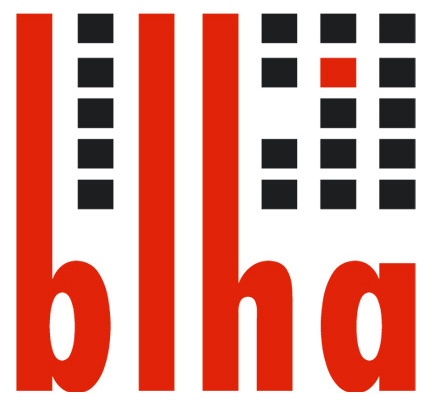Antony Easton im Interview zum Tag der Provenienzforschung
- Erschienen amAlmost a year ago, the OFP project reported on a painting found in Israel on the website. The painting in question is "Stillleben mit Hummern und Geflügel" (Still Life with Lobsters and Fowl) by Ludwig Adam Kunz from the collection of the former general director of the "Hahnsche Werke Aktiengesellschaft" Paul Jakob Eisner (1886-1965).
There are several files on Paul Jakob Eisner in the holdings of the „Vermögensverwertungsstelle“ (Asset Realisation Office) of the „Oberfinanzpräsident Berlin Brandenburg“ (Chief Finance President Berlin-Brandenburg), which document the seizure of his assets. The files show that the „Still Life with Lobsters and Fowl“ was auctioned off together with other paintings via the Hans W. Lange auction house in Berlin in May 1941 (see further details on the context of the seizure in the Restution Commissie newsletter of September 2022 in an article by Dr Irena Strelow). This is not the only realisation of art property that can be found in the files.
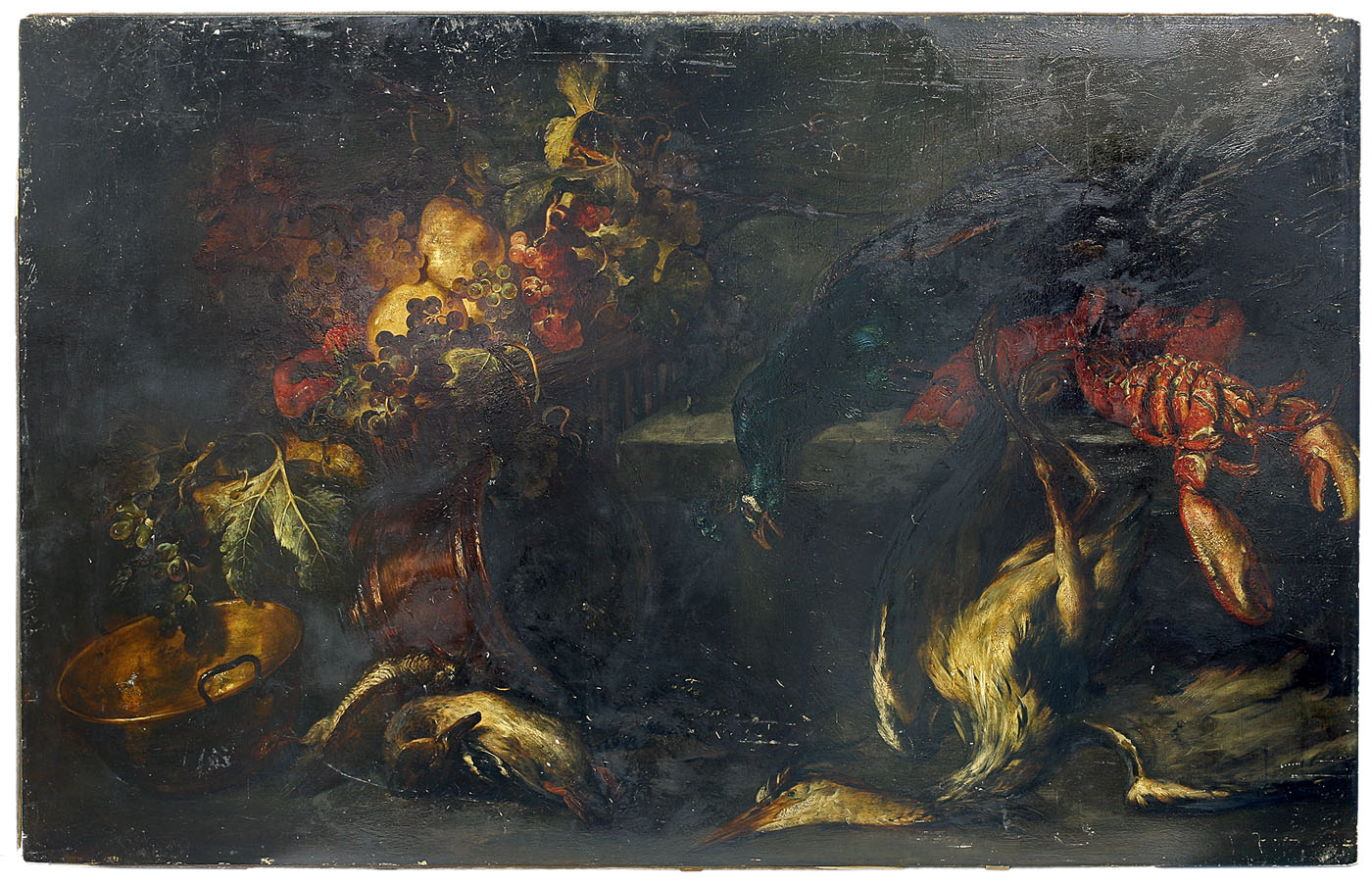
Still Life with Lobsters and Fowl, © IMJ, Einat Garif-Galanti
The painting by Kunz ended up in Hitler’s collection in Linz and was given to Israel after the war via the (Jewish Restitution Successor Organisation (JRSO) because the previous owner could not be identified. Today it is housed in the Israel Museum in Jerusalem. The project team was able to find the current location of the painting on the basis of a discovery report from the museum in the Lost Art Database operated by the German Lost Art Foundation.
Following the transmission of the research results to the Israel Museum in the summer of 2022, the OFP project was able to establish contact with a descendant of Rudolf Eisner, the brother of Paul Jakob Eisner, in September 2023 thanks to the collaboration with the Commission for Looted Art in Europe. Antony Easton was already researching the biography of his family and their partly lost art holdings. On today’s Provenance Research Day, we give him the floor.
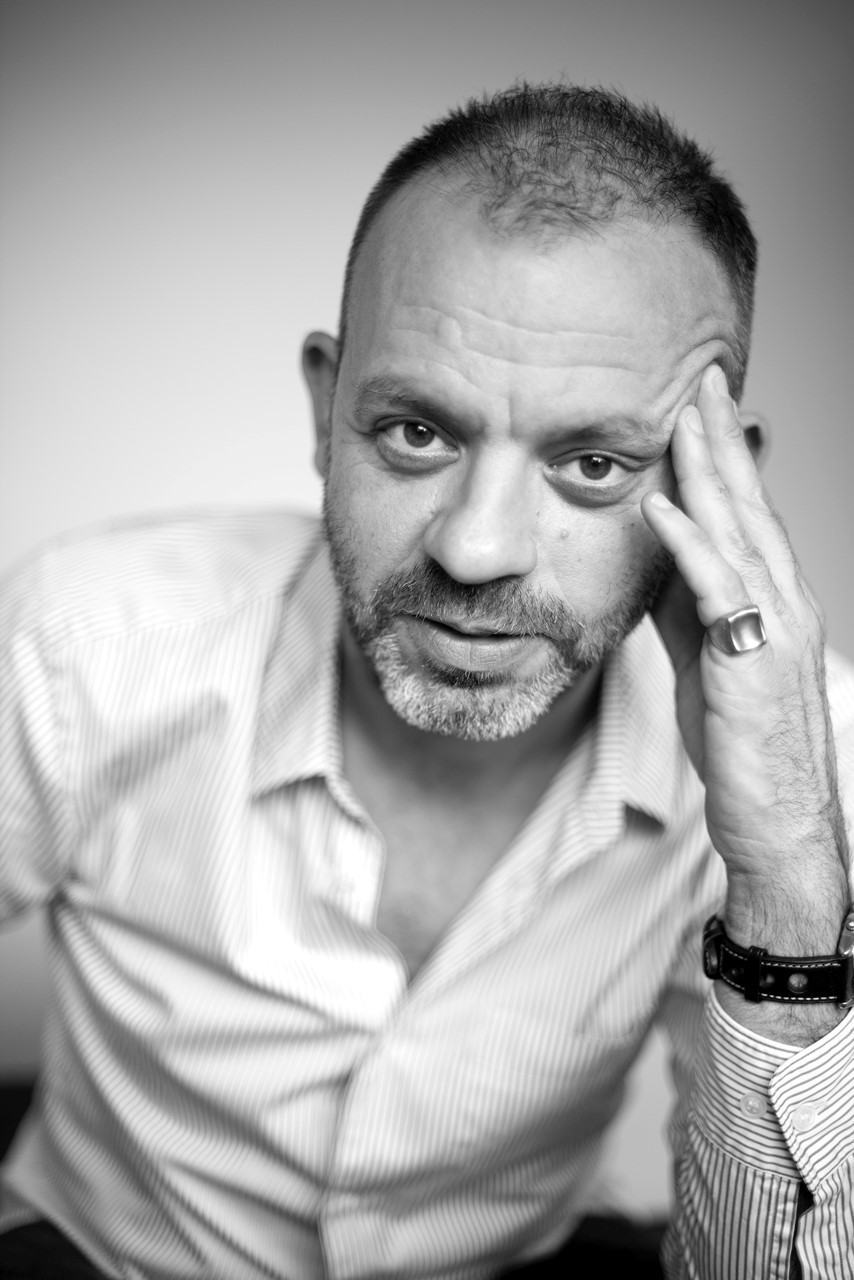
Antony Easton, born in London 1963. Film-maker and Artist. Great-grandson of Heinrich Eisner, original owner of „Stillleben mit Hummern und Geflügel” and great-nephew to his son Paul Eisner, who died without issue and was the owner of the painting when it was stolen by the Nazis. Lives in London with his wife and dog.
Interview
Mr. Easton, you contacted the OFP project in 2023 about the painting „Stillleben mit Hummern und Geflügel“ (Still Life with Lobsters and Fowl) by Ludwig Adam Kunz from the former collection of Paul Jakob Eisner. How did you find out about the project?
I was involved in research on the restitution of another painting, owned by my grandfather Rudolf Eisner, Paul’s younger brother, which at present is at a museum in Berlin. Researching the provenance of this painting had brought me into contact with Anne Webber at the Commission for Looted Art in London and I had started reading her organisation’s online newsletters, where I later read the article prepared by the OFP project about Paul Eisner. The article was a great deal of help to me, I felt very lucky that it had been written and I could try to understand what had actually happened to my uncle’s possessions, Not least because it meant that so much research had already been done on my family and Paul’s behalves.
In early 2023, Anne Webber asked me if I were a descendant of Paul’s and introduced the restitution to me, although, understandably before she was willing to tell me too much more, there were some inheritance issues to deal with before being able to proceed. I had previously (in about 2020) seen the painting in a digital copy of the auction catalogue held at Hans W. Lange’s auction house, so I already knew of its existence, alongside three other paintings, tapestries and furniture, but thought no more of it than that.
Paul Eisner was my great uncle who died, estranged from his family and without issue, when I was an infant in 1965. As a result, and as a result of the holocaust, I had very little family on my father’s side of the family and knew virtually nothing about Paul or his life, but his name repeatedly appeared in my research and family records and I could sense there was a ‘big story’ with him. By the time of the article, I had read documentation about the sale of the painting, amongst others, in the 1941 auction, but had no idea of its whereabouts. So, as a result of my meeting with the Commission for Looted Art and the article, I was put in contact with the Israel Museum.
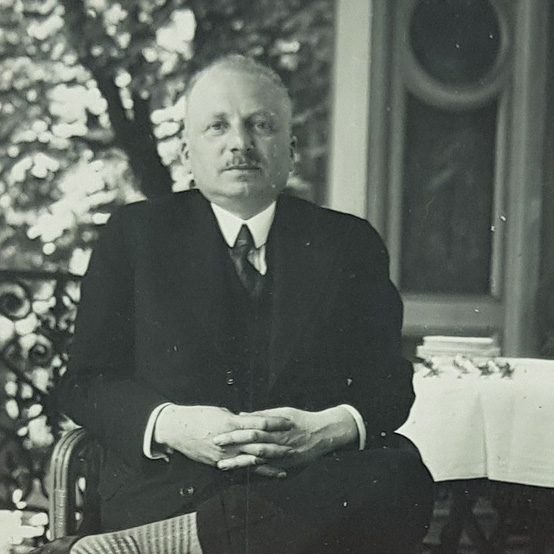
Porträt Paul Jacob Eisner, ohne Ort, ca. 1925; Jüdisches Museum Berlin, Inv.-Nr. 2016/441/69, Schenkung von Carol und Sandra Sabersky, Töchter von Rolf H. Sabersky
We know that you have been looking into the history of your family for a number of years and have been searching for looted art and cultural assets belonging to your family. Were you already aware of the case of the painting „Stillleben mit Hummern und Geflügel“ by Adam Kunz or the files of the „Vermögensverwertungsstelle“?
As part of my research, „Stillleben mit Hummern und Geflügel“ was one of the four paintings I had found in the Lange auction catalogue, but I didn’t think too much more about it specifically. You must understand, and I am sure I speak for other people in my position, that my father, aunt and grandmother did not freely speak about the Nazis and my German Jewish family history was something of a mystery to me. I have only recently been able to have the time to investigate and consider the family’s fate and have, as a result, processed a lot of new information about a distressing time for my forebears, most of whom I didn’t know. The painting was just one small element in a much larger story of loss.
To the second part of your question. I am English and, sadly, not proficient enough at German to rely on my translation skills as a research tool. „Vermögensverwertungsstelle“ is not a word I readily understand! Translation software has altered the picture but I still have had to employ a Berlin based, German-speaking researcher to understand and explain to me the significance of different organisations or documents and, typically, she would be the one going through the „Vermögensverwertungsstelle“.
The files of the „Vermögensverwertungsstelle“ of the „Oberfinanzpräsident Berlin Brandenburg“ have recently been fully digitised and made accessible online. We would be interested to hear your perspective on this: As a descendant, how important was/is digital accessibility to sources like this for you to research your family history?
I would expect that this will improve matters greatly. I am not an academic so have not been exposed to this type of research and access before. Technically, in terms of the typical library online interface, I have no experience which is a barrier and I’m not a German speaker. But this does not take away the importance of accessibility and, as a result, the key element of transparency.
As I said I am lucky enough to be able to pay a researcher to do a lot of this work for me. So, specifically in my case, yes, the more documentation you can upload from the vaults of the „Vermögensverwertungsstelle“, the better.
Digital accessibility empowers and equips the relatives, the people with an emotional connection to the destinies of the people involved, with tools and information that is relevant to their ancestors’ stories, even if there are no paintings or goods and chattels to make restitution with.
The file on Paul Jakob Eisner shows that his extensive art collection was „utilised“ by the Nazi financial authorities. The OFP project passed this information on to Looted Art in the form of database entries. In turn, you have been able to use this information for search reports in the Lost Art Database operated by the German Lost Art Foundation. How important are entries in such databases for you as a descendant?
I am not an expert in the legalities of provenance work, however I do have a basic grasp of the law of precedent and the very fact that the OFP project have processed the information and been able to present it to the Lost art database, validates the objects and the process in a way that presumably, in years past, could have cost many thousands of pounds/euros/dollars.
This restitution is a living example of the importance of such entries and would not have been possible without it.
You are in contact with the Israel Museum about the restitution of the painting „Stillleben mit Hummern und Geflügel“. How are you looking forward to the upcoming restitution ? / What does the restitution of the painting mean to you?
Yes I’m looking forward to it greatly! To be honest, I would not say that Neuerer Meister Art is my particular favourite, or that I am specially attracted to a picture once destined for the Führer Museum Linz, but this is something completely different. It’s a living entity that survived the destruction of my family and I will hang it on my walls with considerable pride to serve in their memory.
Confronting this history for me is in many ways bewildering. The damage it did to just the small group of survivors I knew was profound and obviously has consequences for the following generations. The more information and the greater accessibility to our pasts the better, I believe that turning over the ashes of the past to stimulate the new growth of the future is a vital component of this healing process.
Finally, we would like to ask you on the occasion of today’s Provenance Research Day: Is there any feedback you would like to give to the provenance research community?
Technically speaking, illustrating the task facing people like myself, even if the documents are clearly identifiable and I can open them, I then have another problem that I don’t understand what they are saying, many, after all, are handwritten!
Obviously I have become more familiar with certain words and phrases relating to Nazi appropriation of my ancestor’s properties and property, but even good file reading software (OCR) finds it hard to scan a typed, faxed and photocopied wartime document. So I would encourage as much work with these documents to create data-recognisable text as possible. The OFP project has been excellent in this regard with me. It makes things so much simpler and quicker for the user if the document text can be read digitally.
But my more general advice would be to keep going! Keep excavating the past and empower the future.
Restution is a form of truth and reconciliation, allowing the descendants of German and European Jewry, even of all Germans and Europeans, to find healing from the past in the actions of the present.
Clarity leads to the restitution of people, not just objects.
Background
Paul Jakob Eisner was the son of Heinrich Eisner (1850-1918), chairman of the board of the Jewish community in Berlin (1900-1918) and co-owner of Albert Hahn-Röhrenwalzwerk and Olga Eisner, née Tarlau (1858-1910). The Eisner family was part of the social life in Berlin and regularly organised e.g. receptions at their manor in Alt-Stahnsdorf. This changed, as it did for so many Jews in Berlin, when the National Socialists came to power in 1933. Paul Jakob Eisner did not return to Germany after a stay in Prague in 1937. His brother Rudolf Eisner fled Germany with his family in 1938, as did his sister Berta Sabersky.
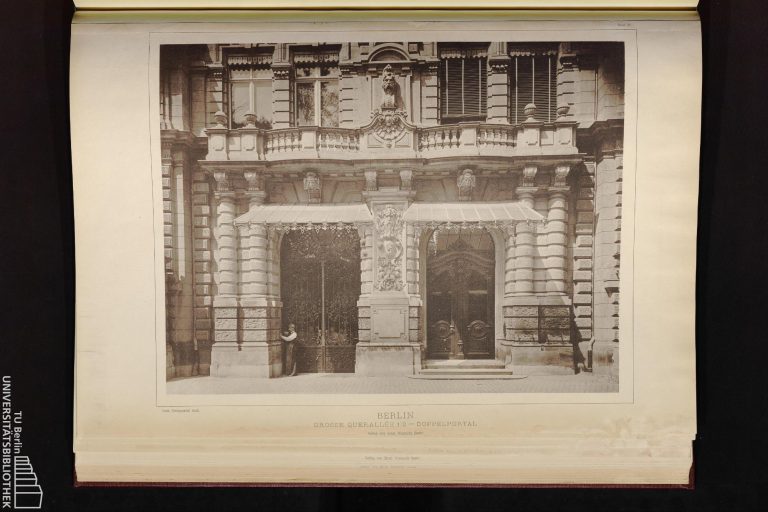
Große Querallee 1/2 in Berlin vor der Jahrhundertwende. Die Adresse war der letzte Wohnsitz Paul Jakob Eisner in Berlin. Aus Hugo Licht, Architektonische Details von ausgefuehrten Bauwerken, Ernst Wasmuth Verlag, Berlin 1886, Tafel 31. Digital verfügbar über Technische Universität Berlin, Universitätsbibliothek: https://digital.ub.tu-berlin.de/view/work/9921820750402884/99/?tx_dlf%5Bdouble%5D=0&cHash=7ee42cb0a8b7bef66016776b45ba0bf3, Stand 05.04.2024
Click here to see the other numerous events on Provenance Research Day 2024.

